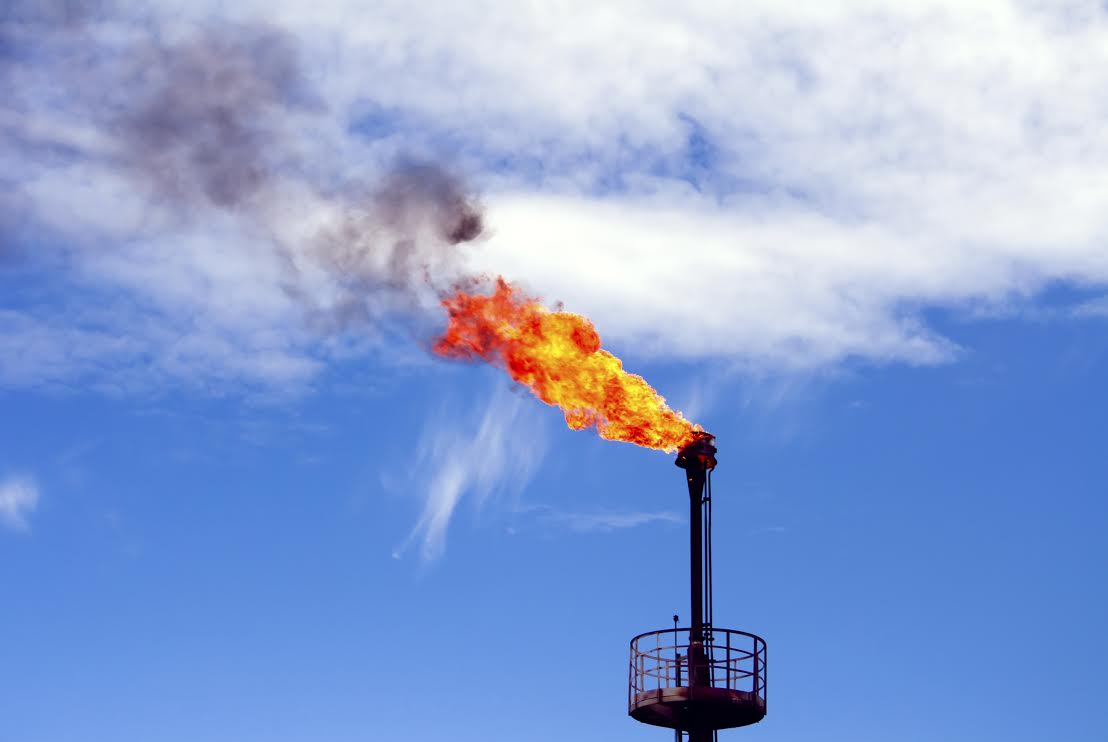
Well, we expected it. When Trump came into office, his administration immediately tried to sabotage the safeguards to control methane pollution from the fracked oil and gas industry that the Obama administration put in place. We knew eventually an actual proposal would come, and it has. Is it bad?
Very bad.
And it’s particularly bad for Texas. Why? Because we are the leading oil and gas producer in the United States - and unlike states like Pennsylvania and Colorado, we don’t have any state-specific standards to control methane pollution. And unlike New Mexico, we don’t have a new governor working with stakeholders to come up with state regulations on methane.
What can you do about it?
Comment on this very bad proposal and consider coming to Dallas on October 17th to tell the EPA in person how much their rule bites. That will be the one and only public hearing on the proposed rule.
So what is this all about, anyway?
It’s about fracked gas, that odorless gas composed of methane, that many use as a product for heating, power plants, and chemical processes. Along with other pollutants (including smog- and soot-forming VOCs and carcinogens like benzene) methane escapes into the atmosphere during oil and fracked gas drilling, pumping, processing, and transmission. These leaks not only harm the health of our families and communities -- and especially of our oil and gas workers -- but also disrupts the climate, as methane is a potent climate cooker. In fact, methane’s impact on the climate is 87 times more potent than your average carbon dioxide molecule that is emitted during the time it’s in the atmosphere.
Due to massive public pressure and engagement, the Obama administration’s EPA approved two methane and volatile organic compound control rules known as “New Source Performance Standards,” (NSPS) that applied to new oil and gas wells and associated midstream equipment like gas processing plants, storage tanks, and compressor stations. These standards required things like “green completions” at well sites and low-bleed or no-bleed pneumatic devices to redirect gas back to the pipelines that would otherwise have been leaked into the air. Perhaps most importantly, the Obama administration established a leak detection and repair (LDAR) program that required operators to look for methane and VOC leaks from their equipment using specialized cameras and repair those leaks.
Also during the Obama administration, the Bureau of Land Management finalized a separate rule to reduce methane pollution and flaring at oil and gas operations on public lands. Not surprisingly, Trump and his henchmen have already eliminated this critical safeguard.
Then what’s in Trump’s proposed rule?
A major gutting of the NSPS requirements. First, EPA is proposing to redefine the regulated industry to entirely exclude equipment in the transmission and storage segment of the industry from the NSPS program’s emission control requirements. This would leave in place methane and VOC limits for equipment in the production and processing segments only. In other words, compressor stations and storage vessels located along interstate pipelines would be free to emit unlimited amounts of these harmful pollutants.
Second, the rule eliminates any specific controls on methane in the production and processing segments, leaving only controls on Volatile Organic Compounds, which this EPA argues is enough to also control some methane pollution. Thus, EPA is proposing to remove direct methane standards for sources in the production and processing segment, leaving in place only VOC standards in place for those sources.
Wait, won’t this mean more pollution?
You bet your bottom dollar. EPA’s own analysis projects that through 2025, the proposal would, if finalized, increase methane emissions by 370,000 tons, VOC emissions by 10,000 tons, and hazardous air pollutant emissions by 300 tons. However, comprehensive research suggests that actual emissions from the oil and gas sector are likely to be at least 60–100% higher than EPA’s estimates suggest. Therefore, the true impact of EPA’s rollback may well be closer to 600,000–750,000 additional tons of methane through 2025.
Would this added pollution be in Texas?
Yes. We have more oil and gas production than any other state, and not only do we lack state-specific standards to control methane, we have an agency in the Railroad Commission of Texas that routinely allows both the venting of methane during drilling and the flaring of methane during production. While flaring eliminates most of the methane through combustion, some does escape into the air because flaring does not destroy every methane molecule. If done incorrectly, flaring leads to vast emissions of methane pollution. Finally, without a required LDAR program for the transmission and storage segment, many leaks will almost certainly go unnoticed in our state.
Would industry benefit from this rollback?
The EPA finds that the rule will save oil and gas companies $122 –$155 million in avoided compliance costs through 2025. But it also projects that companies will actually lose $25–$32 million in sale revenues of otherwise captured gas that will now be emitted into the atmosphere. Surprisingly, many oil and gas companies are not supporting the rollback, and many utilities that rely on gas supplies but want to see better regulation of oil and gas are actually opposing the rollback.
When and where is the public meeting?
When: October 17, 8:00 a.m.-- 6:00 p.m. local time
Where: Earle Cabell Federal Courthouse, 1100 Commerce Street, Dallas, Texas 75242
More information: https://www.epa.gov/controlling-air-pollution-oil-and-natural-gas-industry/proposed-policy-amendments-2012-and-2016-new
The last day to pre-register to speak at the hearing will be October 14, 2019. If the EPA receives a high volume of requests, they may continue the public hearing on October 18, 2019, at the location above.
Prefer to comment but not attend? Look for an action alert soon. Comments to the EPA must be received on or before November 25, 2019. See here to comment directly https://www.regulations.gov/docket?D=EPA-HQ-OAR-2017-0757